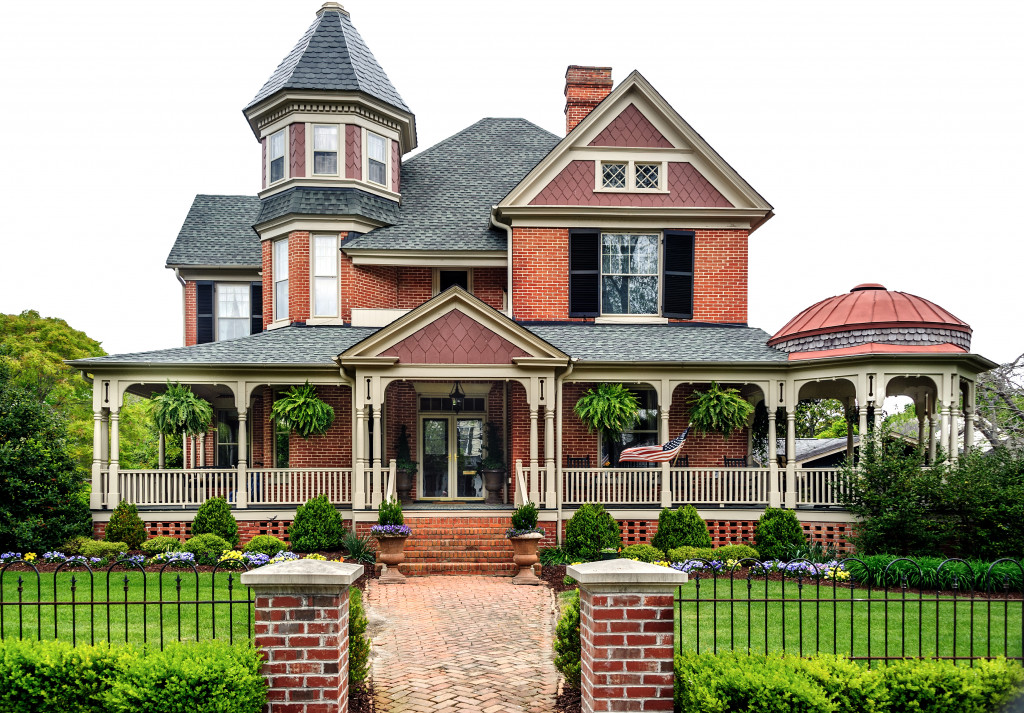Living in a historic home sounds appealing to many. You’re transported back into a time when life was simple and unrushed. You’re surrounded by opulent elegance that, frankly speaking, cannot be found in a modern house. In such a home, you are privileged to be connected with a period lost.
However, living in a historic abode has its drawbacks. The property brings costly responsibilities with it—as the owner, you must make it safer, more energy-efficient, and attuned with a modern lifestyle.
But how do you make these necessary renovations without losing the charm of the home?
Determine What You’re Allowed to Change
If you’ve decided to remodel a historic home for your residence (or for selling as residential property), understand that you have limited freedom when it comes to design.
National Register of Historic Places
The National Register of Historic Places identifies and protects sites, buildings, structures, and even districts deemed significant in American history, architecture, and culture. Its database has over 85,000 listings across the country.
Bear in mind that not all old properties fall under the jurisdiction of the Register. For a property to acquire this distinction, it must display a certain architectural style from a specific period in American history. It could also be registered if it was owned by or associated with a significant historical figure.
If your property is listed as a historic home under the Register, then there are certain restrictions for renovations, which may include the following:
- You can’t add square footage
- You have to use the same materials for the roof
- Paint colors are restricted
It’s best to hire a contractor specializing in renovating historic homes, so your entire project will be compliant with relevant regulations.
Identify the Historic Design Elements
If your property isn’t listed as a historic home, but you’re still keen on preserving its old-world charm, identify the elements that make it historic. Making haphazard replacement choices might end up in mismatched features. Worse, if you don’t identify the historic elements, you might lose the house’s authentic appearance.
It’s important for such remodeling projects to be supervised by an architect with experience in historical renovations. Here are some features you might need to preserve:
- Porches
- Roofs
- Doors and windows
- Decorative floors and ceilings
- Staircases
Prioritize Energy Efficiency and Safety

Now that you’ve identified which parts require preservation, focus on making the house energy-efficient and safe.
Most of the time, these old homes are barely equipped to keep the occupants comfortable; several decades ago, the owners might have needed to put on another jacket, or the climate might have been more benevolent. In any case, leaving the house in its current electrical, heating, and cooling condition will raise your energy bills.
- Replace Light Bulbs. Fit your house with LED bulbs. If they don’t fit your existing features, ask your contractor or architect about the next best replacement.
- Invest in Insulation. Insulate the attic or crawl spaces of the home with spray foam or fiberglass insulation. This is a great way to reduce heating and cooling costs without changing the features of the home.
- Replace the HVAC System. If the house’s HVAC system is outdated, your energy bills will go through the roof. Have qualified technicians inspect your system; they might be due for repair or replacement.
- Opt for Water-Efficient Fixtures. Replace old faucets, toilets, and showerheads with new, water-saving models.
- Consider New Windows and Doors. The current windows and doors might allow air leaks. For windows, it might cost a premium to customize windows that fit into the casings. For doors that can’t be replaced, ask your contractor or architect about recaulking or weatherstripping.
In addition, install modern security systems, like new locks, surveillance systems, child-proofing devices, and more.
Follow the Modern Lifestyle
Even with restrictions, you still have lots of room to renovate your space according to your lifestyle.
- Replace your kitchen appliances with new models that save time and energy. For example, replace the non-working oven with an updated unit that fits the space.
- If the clawfoot tub in the bathroom no longer looks appealing, don’t fret. You have countless options for new clawfoots that are safe, water-efficient, and look authentically aged. The same goes for tiles and bathroom vanities.
- If you’re a collector of books, toys, stamps, what-have-you, feel free to replicate the original storage spaces in different parts of the house.
- There are many styles of furniture that marry the aesthetics of the past with the ergonomic comfort of the present.
Be Patient — It’s No Ordinary Home
Patience is a virtue, especially when you’re renovating a historic home. Do not rush the renovation; it takes time and effort to repair what’s broken and replace what’s outdated without touching major design elements.
It’s a long and arduous process, but it’s worth the wait.

